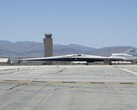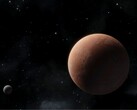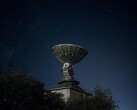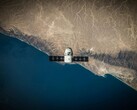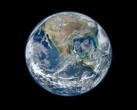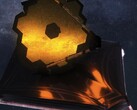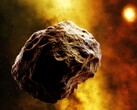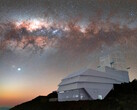Astronomers have long sought to understand why galaxies like our own Milky Way have a dual structure — a 3,000-light-year-high thick disk of older stars, and an embedded, 1,000-light-year-high thin disk containing younger stars. By analyzing a sample of 111 galaxies, a research team led by Takafumi Tsukui of the Australian National University (ANU) has found a clear pattern in their formation.
The study, first published in the Monthly Notices of the Royal Astronomical Society, leveraged Webb’s unique ability to see through cosmic dust and detect the faint light of old stars. This allowed the team to resolve the disk structures of galaxies in the early universe for the first time. Their findings show that galaxies universally form a thick disk first, followed by a thin disk.
The timing of this process depends on the galaxy's mass. Massive galaxies developed their thin disks around 8 billion years ago, while their lower-mass counterparts took longer, forming their thin disks about 4 billion years ago.
These observations support the “turbulent gas disk” model. In this scenario, the early universe was a chaotic place where turbulent gas clouds sparked intense and widespread star formation, creating the initial, puffy thick disk. As stars formed, their gravity stabilized the gas cloud, causing it to settle into the flatter, more orderly thin disk where star formation continued. Massive galaxies, being more efficient at converting gas to stars, settled down and formed their thin disks much sooner.
This new understanding helps place the Milky Way's own history into a cosmic context, as the timeline observed in the study aligns with the estimated formation period of our galaxy's own thin disk. ANU researchers — Tsukui and Wisnioski led the scientific analysis and interpretation of data from NASA's James Webb Space Telescope. For astronomy enthusiasts, the 130EQ Newtonian Reflector Telescope (curr. $299.99 on Amazon) offers an affordable way to explore the sky.






